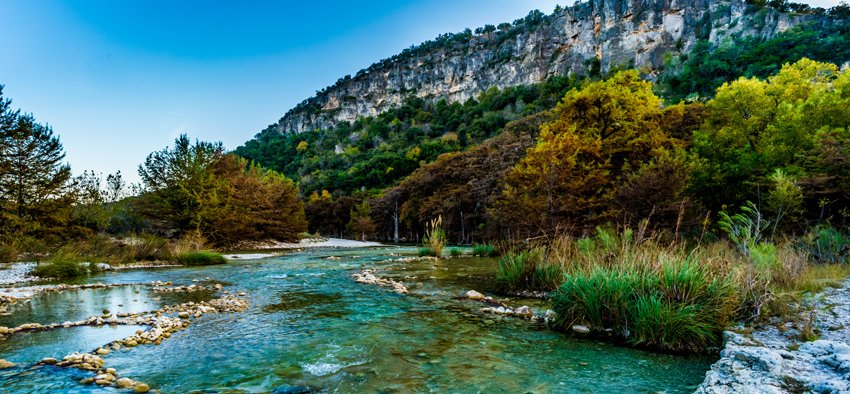Introduction
Ah, the annual ritual of adjusting our clocks to make the most of daylight—Daylight Saving Time, a concept that intrigues and sometimes confuses us. In the enchanting state of Colorado, nestled within the Rocky Mountains, this practice takes on a unique charm. Let’s delve into the fascinating world of daylight savings in Colorado, exploring its history, impact, and the nuances that make it a distinctive experience for residents.
Understanding Daylight Saving Time
What Is Daylight Saving Time?
Before we venture into the specifics of Colorado’s relationship with daylight savings, let’s grasp the fundamentals. Daylight Saving Time (DST) is the practice of moving our clocks forward by one hour during the warmer months, typically spring and summer, and setting them back by an hour as autumn approaches. The aim? To make better use of daylight and conserve energy.
The Birth of Daylight Savings
The concept of DST isn’t as modern as one might think. It traces its roots back to Benjamin Franklin, who humorously suggested the idea in 1784. However, it wasn’t until World War I that several countries, including the United States, adopted daylight savings as a measure to conserve resources during the war.
Daylight Savings in Colorado: A Unique Perspective
Geographic and Climatic Factors
Colorado, known for its diverse landscapes and varying elevations, experiences daylight savings in a way that reflects its geographical and climatic diversity. The eastern plains, with their sweeping prairies, and the lofty peaks of the Rockies have different relationships with the shifting clocks.
Impact on Outdoor Activities
With an abundance of outdoor enthusiasts in Colorado, the impact of daylight savings on recreational activities is noteworthy. Longer evenings mean extended hours for hiking, biking, and exploring the picturesque landscapes that make this state a haven for nature lovers.
The Controversy Surrounding Daylight Saving Time
Public Opinion and Legislative Debates
Daylight Saving Time has its fair share of proponents and critics. In Colorado, public opinion has sparked debates among legislators about whether the state should continue observing DST. Some argue that the extended daylight hours benefit businesses and outdoor pursuits, while others point to disruptions in sleep patterns and the outdated nature of the practice.
Daylight Savings and the Economy
Economic Impacts
One cannot discuss the effects of daylight savings without considering its economic ramifications. In Colorado, the tourism industry, which thrives on outdoor attractions, experiences a surge during the extended daylight hours. Conversely, businesses dependent on consistent time schedules may face challenges in adjusting to the seasonal time shifts.
Navigating Daylight Savings: Tips and Tricks
Adjusting Your Routine
As daylight savings approaches, Coloradans adopt various strategies to seamlessly transition into the new time frame. From adjusting sleep schedules to optimizing work hours, the art of navigating daylight savings becomes a ritual for many.
Embracing the Benefits
Despite the debates and occasional inconveniences, there are undeniable benefits to daylight savings in Colorado. Embracing the longer evenings allows residents to connect with nature, engage in community events, and bask in the beauty of the state’s natural wonders.
Conclusion
In conclusion, daylight savings in Colorado is not merely a temporal adjustment; it’s a cultural phenomenon intertwined with the state’s identity. From the plains to the mountains, from economic considerations to individual routines, the impact of this practice resonates in various aspects of life. As we set our clocks forward or backward, let’s appreciate the unique experience that daylight savings brings to the Centennial State—a harmonious blend of tradition, nature, and community.




+ There are no comments
Add yours